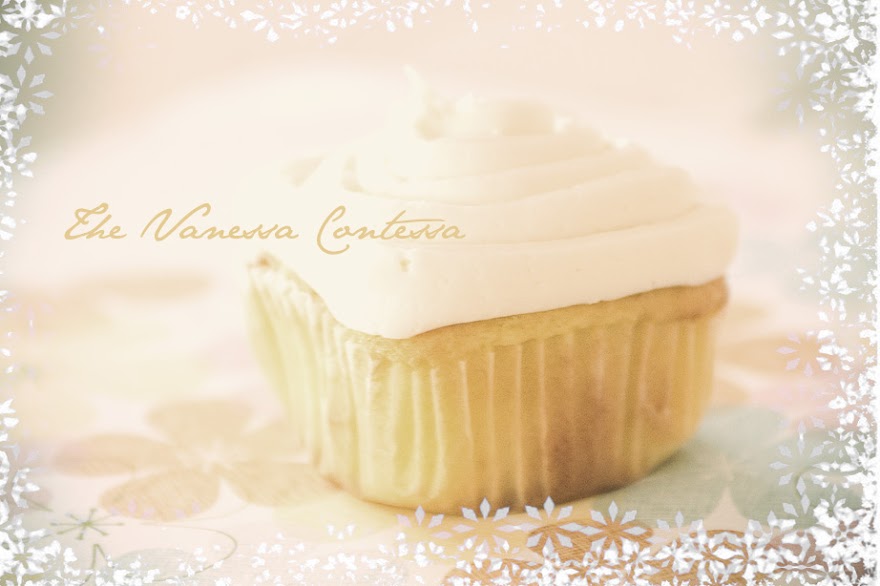I finally did it. I said I was going to for three years now and I finally made my headboard. Best part, I concocted a way to make it where there was not a single stitch of sewing involved and Jon's phenomenal furniture engineering skills made it lightweight enough I could even carry it up the stairs myself if I needed to. I think it turned out pretty great and was just what our bedroom needed to give it more of a contemporary feel with out being even more masculine (feminine decor DOES NOT reign in my house, in fact it's practically non existent...)
Here's the final product...
When I was trying to figure out how to make it and looked online, all the patterns and directions said to use plywood as a base. I have a king size be and so I knew that the plywood was going to be ridiculously heavy and probably need to be secured directly into the wall. I didn't really want to do that. Nor did I want to have to sew any fabric for it at all. My sewing skills are horrible. So here's what we did...
Materials (for a standard king size bed)
1 king size duvet cover (I used a micro suede)
1 queen size 4 inch memory foam mattress topper
enough batting to cover a king size bed (76"x 80")
4- 2"x 3" boards all 8 ft long
4- metal "L" brackets
1 roll of screen gutter mesh or just some kind of metal mesh (yeah I know, just trust me)
staple gun (preferably one that hooks up to an air compressor)
The first thing we did was figure out exactly how tall we wanted the headboard to be on the wall and then cut 2 of the boards that height. For us it was 5 feet tall.
Next you need to measure the width of your mattress. After you measure the width, cut one of the remaining 2x3's to that size plus 4 inches. So, for example, we have a king mattress that measures 76" so we cut the 2x3 to 80."
With the final and remaining board, cut it to be 4 inches larger than the last board cut. For us that was 84." So, at this point, you should have 4 cut boards; two the height you want the final headboard and one cut two inches wider than the width of your mattress and last cut 4 inches wider than that.
Now you have to decide how long the actual fabric section of the headboard needs to be in order to come below your mattress. To do this, measure from the floor to the top of the mattress and subtract a good 3 or 4 inches. It will probably be somewhere around 25-28" before subraction. (FYI--The reason you want to subtract a few inches is so the fabric portion of your headboard end BELOW the top of the mattress. It will look better and be more comfortable.)
Take the measurement you have gotten above and mark it on the first two boards you cut. In my case the measurement was 23" and I marked 23" up on the two 5 foot boards I cut.
Now its time to assemble the frame. Here is a diagram below of what the frame should look like when assembled. Notice that the reason you cut the final board 4 inches bigger is so it can make up the top piece of the frame and be flush with the two side pieces.
Nail all the pieces together and then secure with L brackets and nails to make very sturdy.
With your frame in place, its time to create the backing for the foam. Here is where the mesh screen comes in. The mesh screen we used is sold near where they cut glass and chains in the hardware store (for me, that's aisle 4 at Lowe's.) It's original purpose is to cover gutters so that leaves and debris won't fall in, but we used it as a weaving material. Take the screen and cut enough pieces to cover the inside of the frame both widthwise and lengthwise and then weave the mesh together using your staple gun to secure it into place very tightly. I used a tight lattice weave pattern (like the kind on top of an apple pie.)
Once you have a your frame woven with the mesh, you inlay the memory foam into the frame with the mesh behind it. I used a queen size memory foam mattress topper (measuring 60x80) and turned it sideways and then trimmed off the excess. I also made sure to use a depth of memory foam thicker than my frame, so in my case that would be a 4" depth.
The last two steps are to wrap the ENTIRE frame in batting and your duvet cover (also turned sideways) and then staple tightly on the back. The result is the picture above. Not bad for my first attempt.
This is much more lightweight than you could make out of plywood and since it is on its own legs, we just stood it up and let the weight of the bed hold it into place. You can also secure it to the bed-frame which is what I am ultimately going to do. Also, since it has legs, you can stain or paint the legs to match your decor if you need to.
Weekly Snap Recap – November 2025
2 days ago











1 comments:
I don't think it was necessary to give Jon any credit...you're such a giver. It looks great. When are you just gonna admit that you're crafty?
Post a Comment